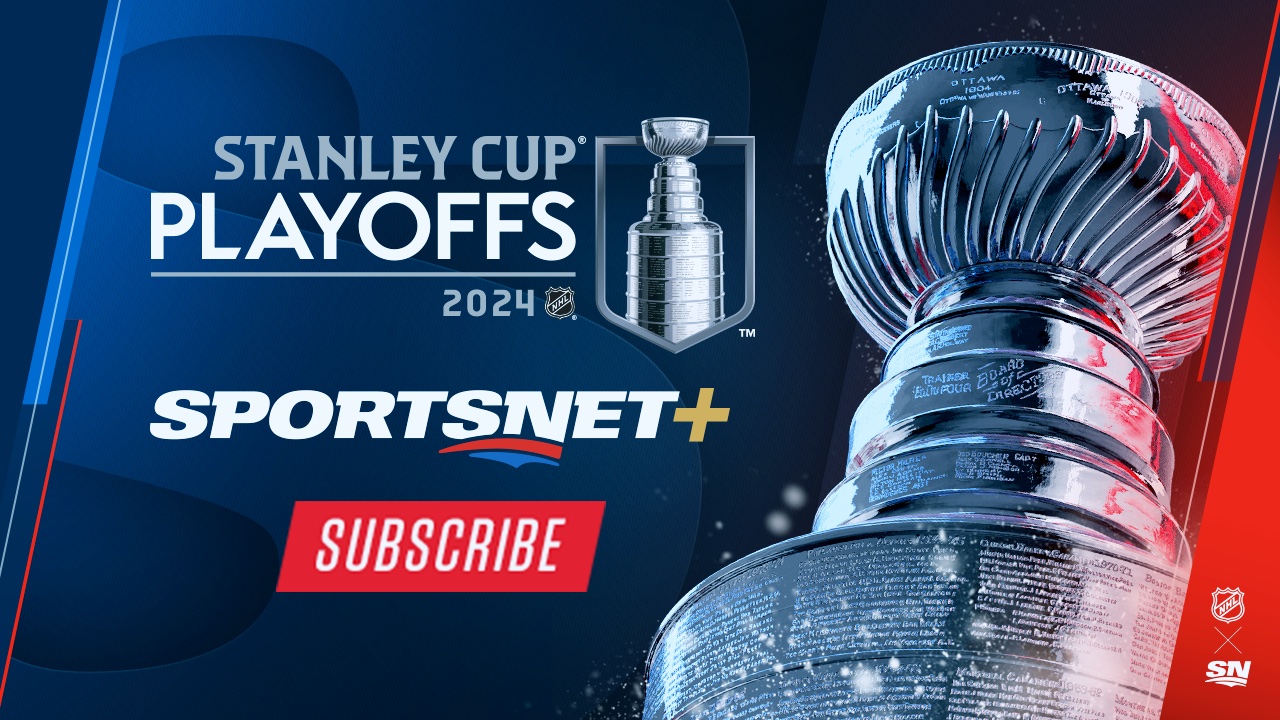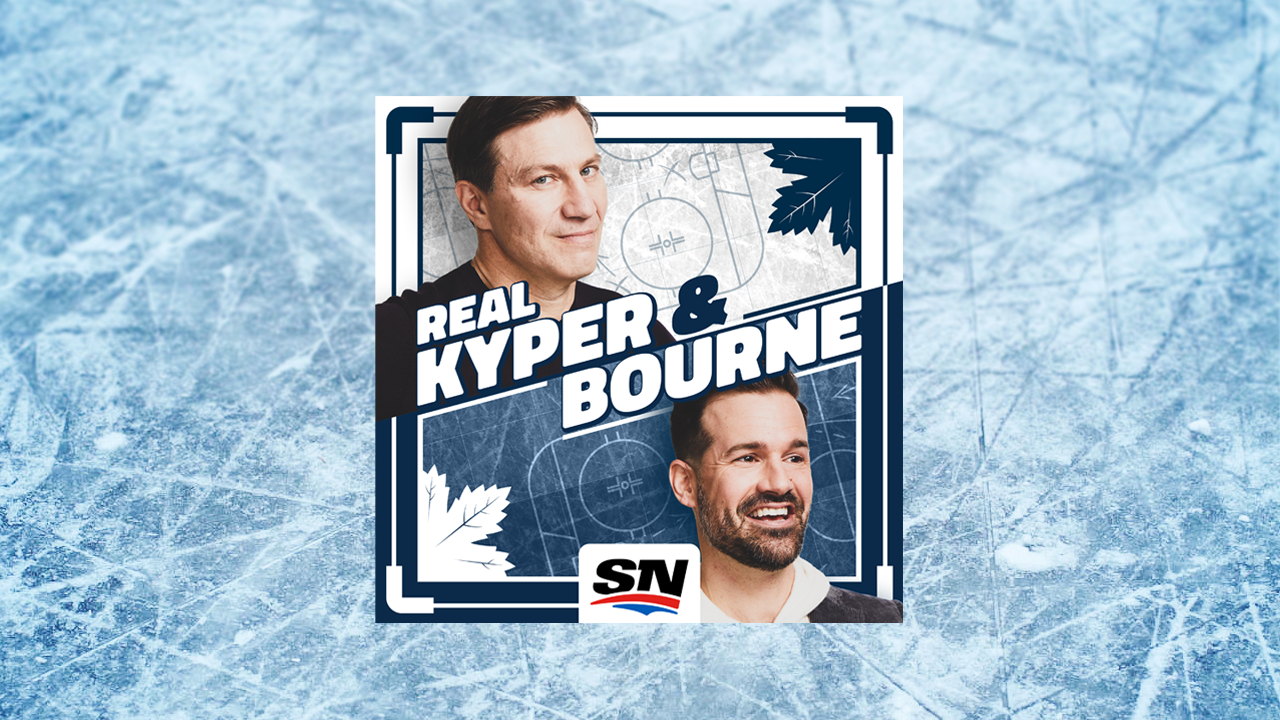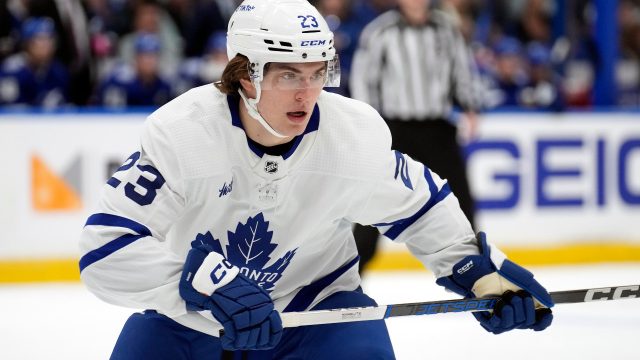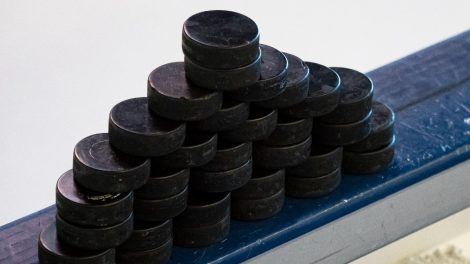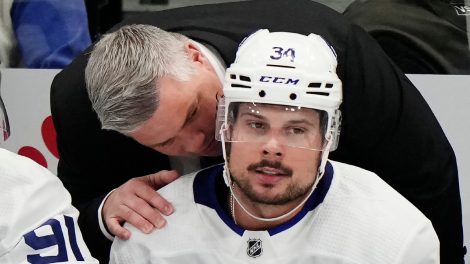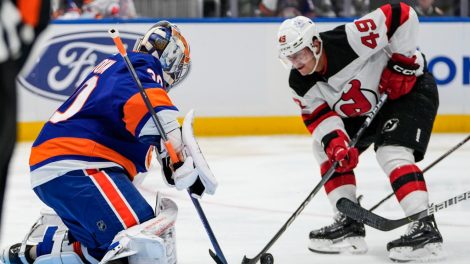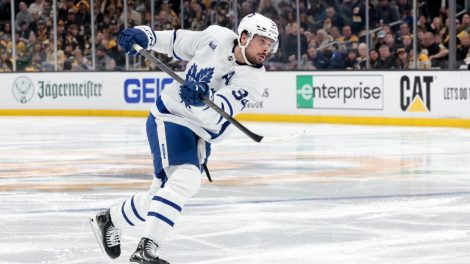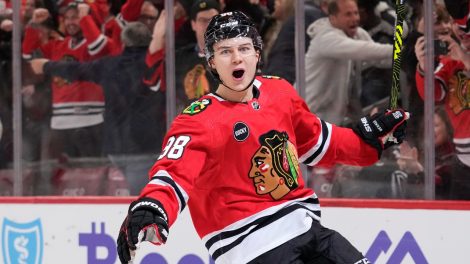In my time working for Sheldon Keefe and the Toronto Marlies, we played five playoff series over two years, some with ample lead time to prepare, and others that required immediate turnaround. In those (insanely busy) days, I got a sense for what the now-Leafs coach prioritizes when it comes to preparation.
Below is a generalized look at how I saw him prepare for a playoff series and, using that knowledge, where I think he’ll land on an optimal lineup for this year’s Maple Leafs against the Bruins.
How prep looks in the regular season
During the season-long grind, you just don’t have the ability to spend much time on your opponent. It’s all about you. You play multiple games per week, you travel, and you need to sleep at some point. You’re more likely to have a single day (or none at all) to prep for a regular season opponent than you are two or more. It’s tight.
Each game day, you’ll need to have a power play meeting, a penalty kill meeting, and a 5-on-5 meeting that addresses how you want your own team to play. Yes, you’ll have a separate meeting about your opponent each game day, but that’s generally to discuss an overview of their systems and not their individual players, unless they have someone hyper-unique.
While video plays in that meeting the discussion might sound like “Hey, let’s be aware that they send two forecheckers hard as you can see here, one at each D, which means little quick-ups and bumps should be able to push it past their pressure and allow us to break out fairly clean. Here’s another example.”
But on game days Keefe likes to have five-minute meetings (max) to keep the players’ attention, and those are spread throughout game day (some after morning skate, some when players arrive in the evening). Pro hockey coaching is really an exercise in building small presentations.
In sum, given the limited time you have to prepare in the regular season, and the limited attention span you might get from the players in meetings, you’re best to control what you can control — and that’s the guys on your own bench. You know that if you execute well on the power play and trust your talent, you should be fine. Same on the penalty kill. You ask your team to be mentally prepared and believe that if they’re where you’re asking them to be, you’ll come out on top.
Preparing for a first-round playoff series is very different, though.
How you prepare for a post-season match-up
You have time to get more granular with a playoff opponent. The Leafs knew they’d be playing the Boston Bruins in Round 1 of the 2024 Stanley Cup Playoffs days before Game 1, so their video coaches will be working feverishly to prepare. The puck won’t drop until the weekend, so you best believe they’ve brushed through the playoff series the Bruins lost last year, all their head-to-head matchups this year, and all of Boston’s games from the past few weeks. How have they looked in the games they were most pressed to win?
You’re looking to answer these questions: What do they do as a team systems-wise? What does their individual personnel do well, and poorly? What do we need to pay extra attention to? And what can we exploit?
The list of pre-playoff series meetings is long (both in number and duration), but my favourite is the opponent personnel meeting partially because it’s unique to the post-season, but also because Keefe likes to involve the whole dressing room. You have the chance to hear from players who rarely speak.
I used to start with a snapshot of the opposition’s full lineup, then show a slide with player names above three boxes that highlighted a single forward line, with individual player stats, dimensions, and a scouting report built out over the course of the season. I’d try to summarize individuals as well as the line’s overall strengths, then would show each individual’s tendencies that I’d been able to pick up by watching them over the year and during prep (or by asking around).
I remember writing that Yanni Gourde was the heart of the Syracuse Crunch, smart and shifty, energetic and tenacious. And that he liked to pull up inside the offensive blue line and look to hit the second wave of forwards. Then, we showed several clips where he pulled up and looked for a trailing player. If you were a Toronto Marlies defenceman and recognized that you were skating backwards against a driving Gourde, you’d be smart not to turn your feet and chase, but rather give him an extra second to pull up, knowing you could go right at him and close the gap. (Assuming your video coach knows what he’s talking about, which y’know…hits and misses.)
Then, Keefe would open up the question about the players on the line we analyzed to the whole room. Who’s played with any of these guys? Are we missing anything about what they like or don’t like? Is there any particular way we should play them?
Inevitably at this time, someone who’s been quiet all year will pipe up “Lay the body to (Player X). He’ll shut down.”
Taking in the information behind the scenes
What I’ve outlined above was the first step in coming up with a plan, but it just presents you with a clear look at all the pieces in this unique puzzle that you’ve got to solve.
Actually solving it is the next question.
Here’s where you dig in on usage, like “Where does the opposing coach use his players?” You’ll want to know who they’re most likely to put on the ice after a power play (is that a spot you can find an advantage?), or which penalty killers usually go out first and what their tendencies are.
This is also where your focus reverts back to what matters: at the end of the day, it’s the performance of your own team that matters most. If you build your lineup strictly to counteract your opposition, you’ll always be counterpunching rather than punching first.
Enter the analytics team, who will bring their mountain of numbers, the most interesting of which is their “optimized lineup.” Basically, based on the success certain players have had with certain teammates, and in the interest of creating four lines that show up highlighted in some shade of green rather than any red, they present an idea of how to put the lineup together.
Now, that doesn’t set the lineup, of course. Some players get hot late, some cool, some have nagging injuries, some combinations that work well weren’t discovered until late in the season, and there are sample size issues. But this optimized lineup from the analytics team at least provides a framework to build on. Often if you can identify “this is the best line we’ve put together all season”, it’s a great starting point.
For the Leafs, that likely means you’ll get Bertuzzi-Matthews-Domi in Game 1, their best statistical line that saw at least five games together.
And that brings me to what we’re doing in this piece today. Let’s take a look at the Leafs’ lineup, and build it the best we can for the playoffs. We’ll assume they’re fully healthy, and we’ll remember that sometimes you have to pass on good lines to make your best four-line cavalry.
Again, I go back to the idea that you should build the best group you can and punch with it, rather than put your team on its heels trying to defend against your opponent’s strengths. If you hit at their weaknesses, they’ll be unlikely to get on their good foot to kick your team down.
Toronto’s best playoff lineup
I don’t think the lineup I would dress in Game 1 is Toronto’s “optimal” lineup because I do think I’d make room for Ryan Reaves. They’ll be on the road, in a building that can feel like you’re taking on the whole world, and the Bruins will definitely – as will their fans – be pushing to intimidate the Leafs. Reaves has the strength and swagger to mitigate that somewhat, to challenge the Bruins in their building, and make them answer a few questions. This Leafs team can use that.
It helps that for the past couple months Reaves has been a very effective hockey player too, getting in on forechecks, laying the body, and jawing at the opposition.
But in the lineup below, I’ll leave him out. I don’t think he’ll stay in as the series goes on and the Leafs work to find goals against two elite goalies. I also don’t think he’d get into an elimination game. Reaves is there if you need him to set the tone for a playoff series, but him being in isn’t “optimal” for me.
So let’s take a look at my optimal Maple Leafs forward group when healthy, and allow me to explain further.
Bertuzzi-Matthews-Domi
Jarnkrok-Tavares-Marner
McMann-Holmberg-Nylander
Knies-Kampf-Dewar
Extras: Reaves, Robertson, Gregor
I believe the Leafs need to spread their stars across three lines. The Bruins simply aren’t deep enough to roll out a third line that can shut William Nylander down, regardless of who he plays with. Between Mitch Marner, John Tavares and Nylander, it’s Nylander who is most capable of creating his own offence, so I like him as the third-liner knowing he’ll be plugged in for inevitable extra shifts and on the power play to ensure he gets 19 minutes.
Bobby McMann and Pontus Holmberg are defensively responsible guys, so I like that line to at least tread water until Nylander or McMann can get a random look and rip home the odd bonus goal from the “third” line.
Having David Kampf centre the fourth line automatically makes it a reliable group, and Connor Dewar is a must for a mediocre PK team to have in. Matthew Knies isn’t in a great offensive spot here, but when compared with Nick Robertson, Knies is a big, useful depth player even when he’s not contributing offence. Both guys could chip in a big goal for, but Knies is less likely to cost you one against and he could contribute offence from the bottom of the lineup in a way we haven’t seen from a Leafs fourth line in the past.
I want my lineup choices to be seen as praise for the guys who get in, rather than knocks against the guys left out. I said I’d start Game 1 with Reaves in, likely in place of whoever is too injured to play right away (McMann?). I’d also be quick to put Robertson back in if the Leafs can’t create enough offence.
Toronto out-shot, out-scored, and out-chanced the Bruins over their four matchups this season, according to Natural Stat Trick. But they had the lowest high-danger shooting percentage against the Bruins of any Eastern Conference team (just over nine per cent) because Boston’s defence closes space quick and their goalies are elite. Robertson is one of the Leafs’ best finishers in those spots, so he could be a valuable guy to sub in. (Not to mention, he’s had well-publicized success coming out of the press box this season.)
And finally, if you need some speed, Noah Gregor as a 15th forward is a luxury item. He finishes checks, kills penalties and can put the opposition’s defence on its heels.
Now, the back-end.
Rielly-Lyubushkin
Benoit-McCabe
Edmundson-Liljegren
Extras: Brodie, Giordano, Timmins
Just as with the forwards, I’m not sure this is the optimal lineup for Game 1 against Boston.
Timothy Liljegren has been hurt, often needs time to find his game again after returning from semi-regular injuries, and the Bruins generally eat his lunch. Maybe he shouldn’t start in the Leafs’ six.
But the Leafs just don’t have enough puck movers and skaters on the back-end, and frankly there’s a very small drop off in physicality from TJ Brodie to Liljegren anyway, so they may as well play the right-handed kid who can make a few more plays.
The one thing I can’t get past, though, is that when Brodie dresses they still use him a ton. He’s a security blanket. So he will play against Boston at some point.
Ilya Lyubushkin and Joel Edmundson are both on the fringes of in/out of the lineup as well, and are a bad performance away from Brodie drawing back in. Some rest seemed to help Brodie in his last go-round anyway, so it’s possible it helps him again.
And in net:
Samsonov
Woll
Jones
Two goalies with high ceilings and low floors, but Ilya Samsonov is the guy they crowned with about eight games to go in the season. If he doesn’t get near that ceiling, they should quickly go to Joseph Woll, and if he can’t get to his ceiling, well, by then the series would be just about over anyway. But either guy could get red hot and it wouldn’t shock me.
In all, Keefe will default back to what he knows and likes best when the chips are down, regardless of how he starts out in Game 1.
That was a lot of words to get to this point. As far as Game 1 against the Boston Bruins goes, I think Toronto’s lineup will look something like this:
Bertuzzi-Matthews-Domi
Jarnkrok-Tavares-Marner
Knies-Holmberg-Nylander
Dewar-Kampf-Reaves
Rielly-Lyubushkin
Benoit-McCabe
Edmundson-Liljegren/Brodie
Samsonov
Woll

